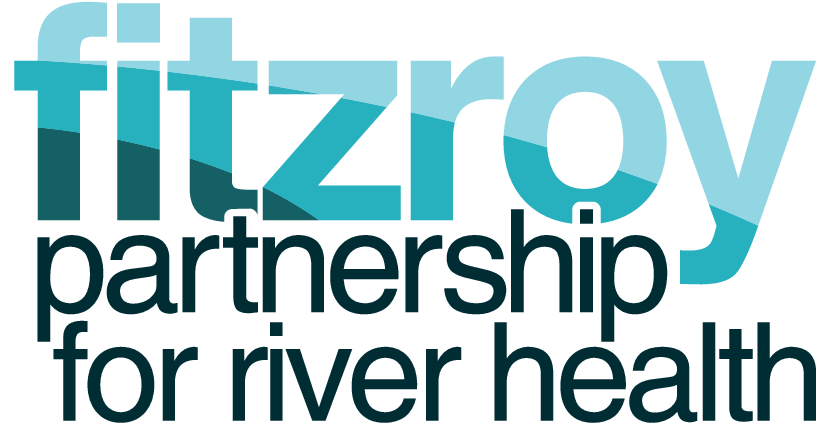Fish Barrier Priorities
Fish use different habitats at different stages of their life cycle. In the Fitzroy Region, more than half of the fish species need access to the estuaries and marine waters as well as freshwater to complete their life cycle. Barramundi, for example, live in fresh water but migrate to salty water to breed. Barramundi spawn in the estuary, and juvenile barramundi use coastal wetlands for food and shelter.
Barriers to fish movement, such as weirs, dams and road crossings, prevent fish from accessing some habitat and limit the range of some fish species. Barriers can be improved by modification or even removal. Fish ladders and other devices can allow fish to successfully move past barriers.
In 2008, the 30 most important barriers to fish passage were identified (out of more than 10,000 in the Basin). Thirteen of these barriers have since been modified, reconnecting migratory fish to more habitat. Floodplain wetlands, bunded or ponded pastures were not included in the assessment. Many of these may be important, but we do not understand enough about how they function to assess their priority. It is also important to assess the effectiveness of actions taken to improve fish passage. For example, while a fishway has been added to the Fitzroy Barrage in Rockhampton, in many conditions the barrage is still a barrier to fish passage. At the top of the estuary, this barrier is an important gateway to the freshwater systems of the Basin.
As part of WQIP:2015, the 2008 prioritisation has been revised and updated. This revised prioritisation identifies the top 46 barriers to fish migration within the Fitzroy Basin.
A detailed description of the approach used can be found here. A conceptual diagram of how the above information was integrated to form the final prioritisation below can be found here.
[wqip-data component=’fish-barriers’ category=” parameter=”]
[contentblock id=fb]



